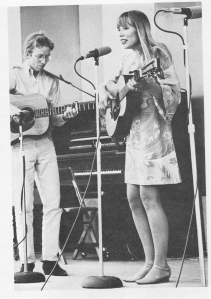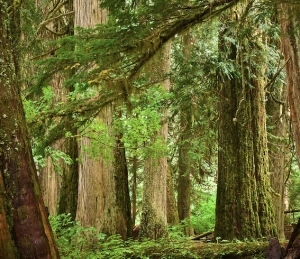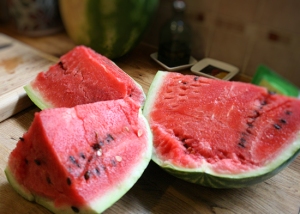In another life I was a graphic designer and art director. I found this photograph by William Smith to use in a book about the Mariposa Folk Festival, entitled For What Time I Am in This World. It’s unmistakably Joni Mitchell with David Rea playing backup. She was twenty-four and only knew a handful of songs, which she had to play over and over. Mind you, all of them would become classics. It was 1967, the year before her first album.
The news that Joni is very ill and in hospital sapped some of the sunshine out of an otherwise lovely Easter Day. There is a thoughtful and rich tribute to her in the Guardian, written by Linda Grant. In so many ways it echoed my own thoughts about a lifetime of listening to Joni.
Grant’s moving piece sent me skittering back to a lecture I gave at Vermont College in 2013, entitled “The Memories We Make Each Day and Lose.” The line is taken from a Zadie Smith article in the New Yorker, called “Some Notes of Attunement: A Voyage Around Joni Mitchell.” Part of what Smith has to say concerns itself with music and learning to attune yourself to new sounds – allowing sensation to overcome you. It grows out of Smith’s transition from not being able to stand Joni Mitchell for her, “strangulated falsetto – a kind of Kafkaesque piping,” to the “uncontrollable tears,” she would later come to feel. “An emotional overcoming, disconcertingly distant from happiness, more like joy – if joy is the recognition of an almost intolerable beauty.” The essay is about allowing “… a sudden unexpected attunement. Or a returning from nothing, or from a negative into something soaring and positive and sublime.”
The moment of epiphany for Zadie Smith occurs en route by car from London to Wales for a wedding, when she and her husband stop at Tintern Abbey. Her husband, the poet, Nick Laird, wanted to visit this famous landmark because of the Wordsworth’s poem, “Lines Written a Few Miles Above Tintern Abbey.” Smith talks about how Wordsworth had been there before and in returning considered his younger self and how he still loves the area but now he loves it with a mellowed maturity. The part that grabbed me, however, was Smith’s assertion that Wordsworth’s return to the abbey was a chance to meet an earlier version of himself; he went there to listen to, “the language of my former heart.”
Joni Mitchell is the keeper of many of my former hearts. She was there from my first year at university, listening intently to Song to a Seagull — I want to say “cover to cover” because it read like a book; she was there in Stratford the summer of Ladies of the Canyon. I had gone to see her with Raffi; we were a coffeehouse duo at the time. His father, the photographer Cavouk, had just done a portrait of Joni, which got us backstage, where I got to say hello and give her a kiss. She was there when I was courting and sparking Amanda Lewis, my wife of forty years; she was there singing Hejira over the shimmering and haunting fretless bass of Jaco Pastorius; and there, and there, and there, rerecording “Both Sides Now” at literally twice the age she had first recorded it, in a voice gone to gravel from smoking, and with the gravitas of someone who really had seen both sides now.
When she sang “Help me, I think I’m falling” you knew she had – fallen a long way and too deeply, which seemed the only way she was capable of doing anything. Falling and then coming back from wherever it was she fell, again and again to write lyrics of aching poignancy.
Apparently, she is recovering in hospital from her latest fall. One can only wish her comfort, and hope.



 So we’ve been talking about the Bath Spa residency at VCFA–a week in Bath with a day trip to Oxford, a dream week for anyone excited about the history of children’s literature as seen through the eyes of writers. Not just that but part of that day in Oxford will be spent with none other than the distinguished Phillip Pullman himself! And that’s not all either Workshops and other offerings at the residency will be led by our very own
So we’ve been talking about the Bath Spa residency at VCFA–a week in Bath with a day trip to Oxford, a dream week for anyone excited about the history of children’s literature as seen through the eyes of writers. Not just that but part of that day in Oxford will be spent with none other than the distinguished Phillip Pullman himself! And that’s not all either Workshops and other offerings at the residency will be led by our very own 








